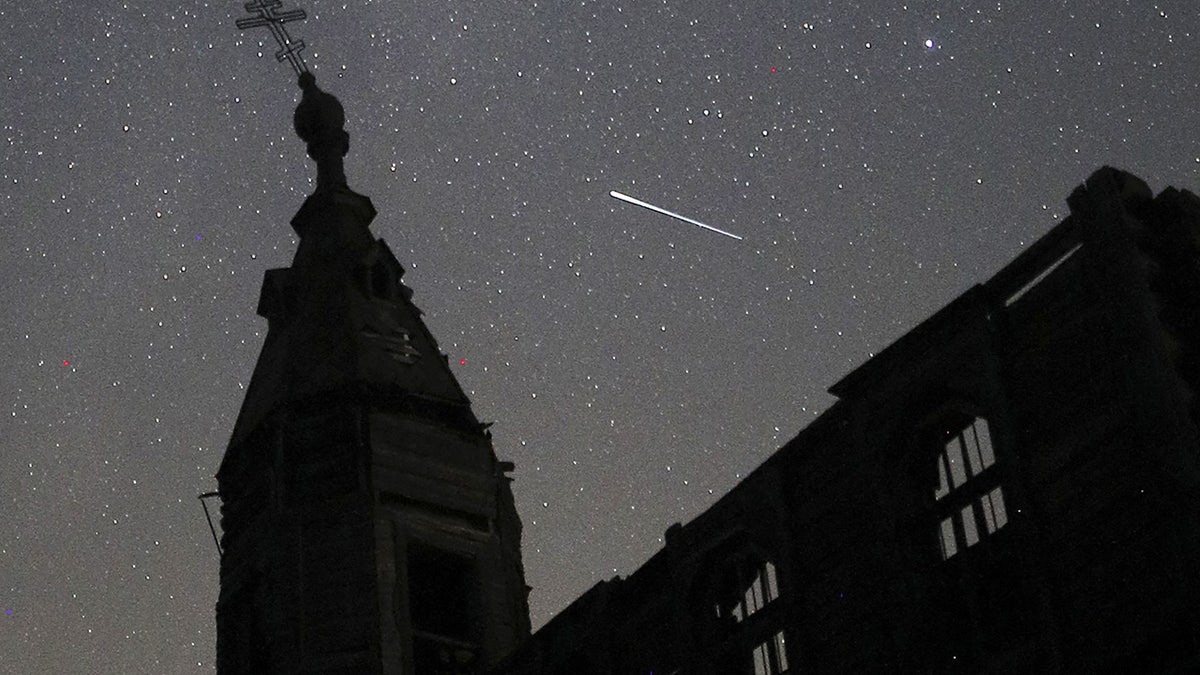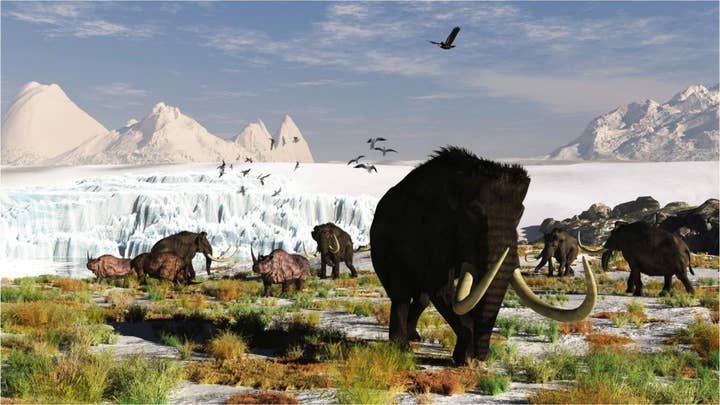Scientists: Mile-long asteroid could be dangerous to life on Earth in millions of years if it breaks up
The fire ball that passed over Japan in 2017 is linked to a mile-long asteroid. Scientists now believe that the asteroid, known as 2003 YT1 could break up and harm life on Earth.
Comet Swift-Tuttle takes 133 years to orbit the sun once.
It is a large comet, with a nucleus about 16 miles across.
According to NASA Science, the comet – also known as 109P – last reached its closest approach to the sun in 1992 and is expected to return again in 2125.
The comet was discovered in 1862 independently by both Lewis Swift and Horace Tuttle.
NASA'S LUCY LAUNCHES TO TROJAN ASTEROIDS
The letter "P" in its name indicates that Swift-Tuttle is a "periodic" comet – or one with an orbital period of fewer than 200 years.
The pieces of debris that interact with the Earth's atmosphere to create August's Perseids meteor shower originates from Swift-Tuttle.
Italian astronomer Giovanni Schiaparelli recognized that face in 1865.

A view of the Perseid meteor shower over the Church of St Paraskevi of Iconium in the village of Russkoye Khodyashevo in Russia's Republic of Tatarstan. The Perseid meteor shower occurs every year from July 23 through August 24 when the Earth passes through the dust of the 109P/Swift-Tuttle comet; dust particles hit the Earth's upper atmosphere and burn, what is seen from the Earth as the meteor shower. (Yegor Aleyev/TASS via Reuters)
When comets maneuver around the sun, the dust they emit spreads a trail around their orbits.
Every year, the Earth passes through the debris trails, allowing the debris to collide with the atmosphere.
Comets are "frozen leftovers" from the formation of the solar system composed of dust, rock and ice.
The agency notes that they can range from a few miles to tens of miles wide.
JAMES WEBB SPACE TELESCOPE'S IMAGE OF STAR GETS PHOTOBOMBED BY GALAXIES
There are currently 3,743 known comets.
Comparatively, there are 1,113,527 asteroids, which range from bodies less than 33 feet across to 329 miles in diameter.
Most asteroids, which are rocky, airless remnants, can be found orbiting the sun between Mars and Jupiter within the main asteroid belt.
To date, NASA's Jet Propulsion Laboratory (JPL) notes that nearly 28,000 near-Earth asteroids (NEAs) have been found by survey telescopes that continually scan the night sky – with a discovery rate of about 3,000 per year.
JPL says a larger asteroid with hazardous impact potential would be discovered much farther from Earth.
"NASA’s goal is to keep track of such asteroids and to calculate their trajectories in order to have many years’ notice ahead of a potential impact should one ever be identified," it said in a March 15 release.
While Forbes has dubbed Swift-Tuttle "the most dangerous object known to humanity," the publication notes there's still less than a 1-in-a-million chance of any impact every time it passes by Earth.
CLICK HERE TO GET THE FOX NEWS APP
"Its orbit passes very close to the Earth’s orbit so that it has been viewed as a hazardous object over the years," Paul Chodas, NASA’s manager for the center of near-Earth object studies, told Space.com in 2016.
"Now, we know its orbit very well, well enough to say that we are safe from an impact for many thousands of years," he said.



